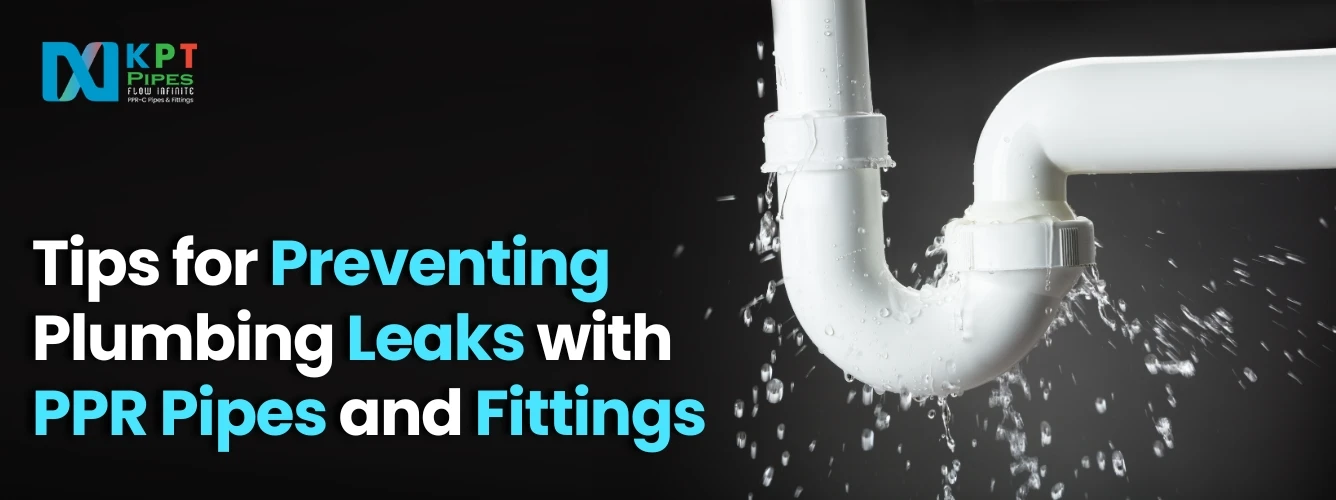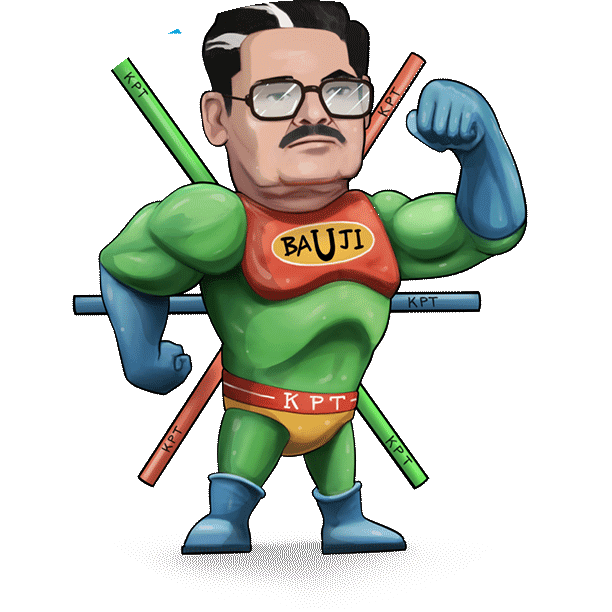
10 Sep Essential Tips for Preventing Plumbing Leaks with PPR Pipes and Fittings
Plumbing leaks are not just inconvenient—they can lead to significant property damage, increase utility costs, and create a host of other problems. To mitigate these risks, utilising high-quality PPR (Polypropylene Random Copolymer) pipes and fittings can make a substantial difference. PPR pipes are an excellent choice for modern plumbing systems because they are durable and resistant to various stresses. This blog explores essential tips for preventing plumbing leaks when using PPR pipes and fittings, ensuring a dependable and efficient plumbing system.
1. Choose High-Quality PPR Pipes and Fittings
Choosing the appropriate materials is the initial measure to avoid leaks. High-quality PPR pipes and fittings are designed to withstand the demands of a plumbing system, including pressure, temperature changes, and chemical exposure.
- Opt for Trusted Brands: Always choose PPR pipes and fittings from reputable manufacturers like KPT Pipes. Established brands have rigorous quality control processes, ensuring that their products meet industry standards and are free from defects.
- Verify Certifications: Look for products that are certified by relevant industry bodies. Certifications ensure that the pipes and fittings have been tested for durability, pressure resistance, and safety.
2. Proper Installation Techniques
Ensuring that PPR pipes and fittings are installed correctly is essential for their optimal performance and leak prevention.
- Use the Correct Tools: Utilize specialized tools designed for PPR pipes. PPR pipe cutters ensure clean cuts, while fusion machines create strong, homogeneous joints. Avoid using general-purpose tools, as they may not provide the precision needed for PPR systems.
- Ensure Clean and Smooth Surfaces: Before joining pipes and fittings, clean the ends thoroughly to remove any dust, debris, or contaminants. Rough or dirty surfaces can interfere with the fusion process and lead to weak joints.
- Follow Manufacturer Guidelines: Adhere strictly to the manufacturer’s installation guidelines, including recommended temperatures, pressures, and fusion times. Deviating from these guidelines can result in suboptimal performance and potential leaks.
- Check Alignment and Fit: Ensure that the pipes and fittings are properly aligned before starting the fusion process. Misalignment can cause uneven connections, increasing the chances of leaks.
3. Proper Fusion of PPR Pipes and Fittings
The fusion process is critical for creating durable and leak-proof connections. Here’s how to ensure a successful fusion:
- Maintain Consistent Temperature: Use a reliable fusion machine to maintain the correct temperature throughout the process. Overheating can cause the material to become too soft, while insufficient heating may result in incomplete fusion.
- Follow Fusion Time Recommendations: Allow the pipes and fittings to heat for the recommended amount of time. Too short a time may result in weak joints, while too long can cause damage.
- Allow Sufficient Cooling Time: After fusion, allow the joints to cool completely before applying pressure. Premature use can compromise the joint’s strength and lead to leaks.
4. Regular Inspection and Maintenance
Routine inspection and maintenance are essential for identifying and addressing potential issues before they escalate:
- Inspect for Visible Damage: Regularly check your plumbing system for visible signs of damage, such as cracks, bulges, or discolouration. Identifying problems early enables swift repairs and helps avert leaks.
- Monitor Water Pressure: High water pressure can strain PPR pipes and fittings, increasing the risk of leaks. Install a pressure regulator to maintain the water pressure within the ideal limits for your PPR system.
- Check Fittings and Joints: Periodically inspect all fittings and joints for signs of wear or leakage. Tighten any loose connections and replace damaged fittings as needed to maintain a leak-free system.
- Look for Signs of Mold or Water Damage: Keep an eye out for signs of mould or water damage around pipes and fittings. These indicators can reveal concealed leaks that require immediate attention.
5. Protect Pipes from External Damage
External factors can impact the integrity of your PPR pipes and increase the risk of leaks. Here are some steps to safeguard your plumbing system:
- Insulate Pipes: In areas prone to extreme temperatures, insulate your pipes to prevent them from freezing or expanding. Insulation also helps maintain the efficiency of the plumbing system by reducing heat loss.
- Avoid Physical Impact: Ensure that PPR pipes are not subjected to physical impacts, such as heavy objects falling on them or being stepped on. Physical harm can undermine the integrity of pipes, resulting in leaks.
- Use Pipe Supports: Properly support and secure pipes to prevent movement and stress on joints. Pipe supports help distribute the weight evenly and reduce the risk of damage.
- Protect from UV Exposure: If PPR pipes are exposed to sunlight, use UV-resistant coatings or covers to prevent degradation from ultraviolet rays.
6. Addressing Issues Promptly
Taking immediate action is vital when addressing plumbing problems to prevent leaks and reduce damage.
- Repair Leaks Quickly: If you detect a leak, address it immediately to prevent further damage. Leaks can worsen over time and lead to extensive water damage and higher repair costs.
- Consult Professionals: If you encounter complicated problems or are uncertain about your plumbing system’s status, reach out to a qualified plumber. They can provide expert advice, perform thorough inspections, and offer effective solutions.
- Keep Spare Parts Handy: Having spare parts and repair materials readily available can help you address minor issues quickly and prevent delays in repairs.
7. Educating and Training Staff
- Training on Proper Handling: If managing a commercial plumbing system, ensure that staff are trained in proper handling techniques for PPR pipes and fittings to avoid accidental damage during installation and maintenance.
- Maintenance Awareness: Educate staff on regular inspection and maintenance procedures to ensure that potential issues are identified and addressed promptly.
- Emergency Response: Train staff to respond effectively to plumbing emergencies, including leak detection and temporary shut-off procedures.
8. Implementing Preventive Measures
- Regular System Audits: Conduct regular audits of your plumbing system to identify and address potential vulnerabilities. Routine audits help maintain the system’s integrity and prevent leaks.
- Upgrading Aging Systems: Consider upgrading older plumbing systems with newer PPR pipes and fittings. Modern PPR solutions offer improved durability and resistance to leaks compared to older materials.
- Using Leak Detection Technology: Incorporate leak detection technology into your plumbing system to monitor for leaks continuously. Advanced sensors and alarms can provide early warnings and help prevent significant damage.
Conclusion
Preventing plumbing leaks is essential for maintaining a reliable and efficient plumbing system. By choosing high-quality PPR pipes and fittings for preventing plumbing leaks, employing proper installation techniques, regularly inspecting and maintaining the system, and protecting pipes from external damage, you can significantly reduce the risk of leaks. Addressing issues promptly and educating staff further enhances the longevity and performance of your plumbing system. For top-notch PPR pipes and fittings, KPT Pipes offers a range of reliable products designed to meet the highest standards of quality and performance. Investing in quality and following best practices will ensure a leak-free and efficient plumbing system that stands the test of time.




